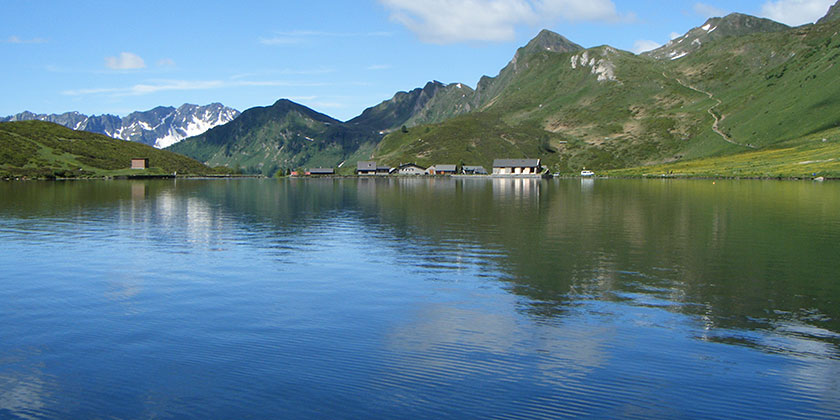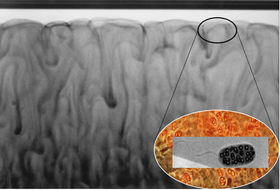Department Surface Waters - Research and Management
Bioconvection in Lake Cadagno (BioCad)

How bacteria-driven convection affect bacterial community physiology?
Recently, we have identified a new process in which biological activity can efficiently drive mixing in aquatic environments. Photoautotrophic, motile and heavy bacteria – Chromatium okenii, which requires light, sulfide and anoxic conditions to perform anoxygenic photosynthesis, accumulates below the chemocline of the meromictic Lake Cadagno (Switzerland). When concentrated at high levels, their upward vertical migration drives bioconvection, which modifies the physical environment of the bacteria-populated water to create a homogeneous mixed layer.
In collaboration with SUPSI (microbiology) and the University of Luxembourg (microfluidics), this project aims to elucidate whether bioconvection is a main driver of physiological characteristics of Chromatium okenii and the bacterial community they inhabit.
At Eawag, we perform in-situ measurements of physical properties such as temperature and currents, at different length- and time-scales, to understand the environmental conditions controlling the occurrence of this process in a natural system.


